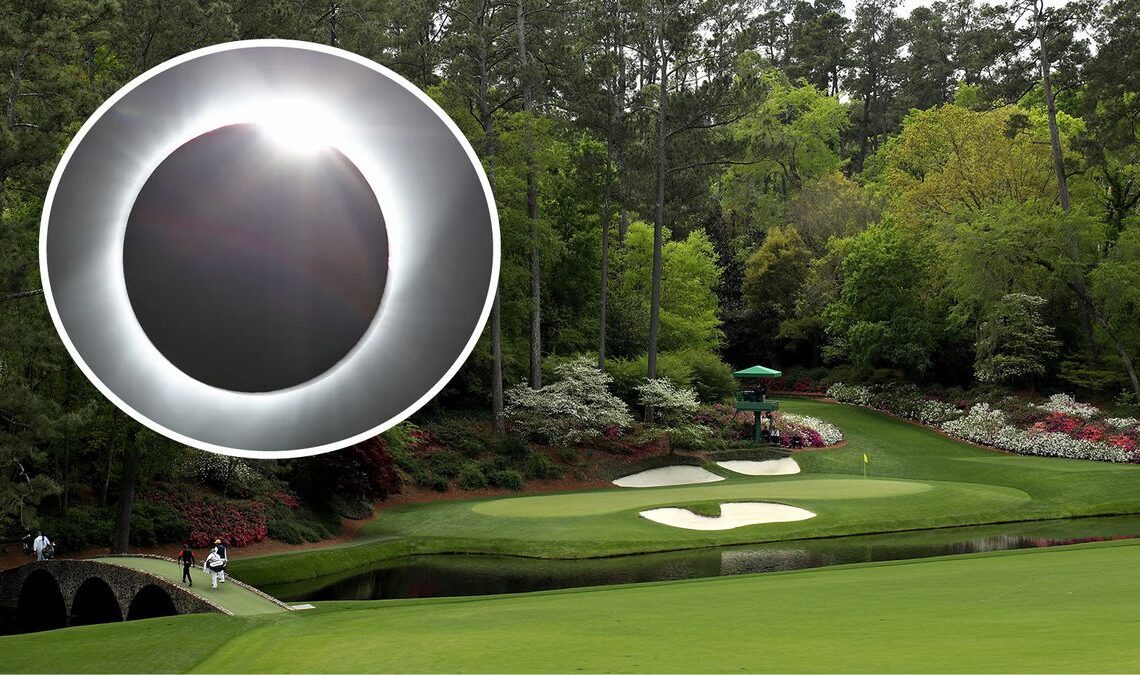The Masters at Augusta National is a familiar sight to almost every golf fan, but this year’s tournament could briefly look a bit different, with a solar eclipse set to occur during tournament week.
A solar eclipse occurs when the moon is positioned directly between the Earth and the sun, casting a shadow on Earth. The most recent eclipse occurred in 2017, but another is taking place on April 8 this year, the Monday of the 2024 Masters.
This year’s eclipse is expected to be the longest in United States history since 1806, with the path of totality – the locations where the eclipse will be visible – going through several major North American cities, including Dallas, Cleveland, Rochester and Montreal.
The Monday of the Masters week is often a time when players will play practice rounds to re-familiarise themselves with the course and take part in press conferences with the media. While Augusta, Georgia is 415 miles from the path of totality, those on the course will still get to experience something very impressive.
It is set to be the most-watched total solar eclipse in North America, with over 32 million people living within the path of totality in the US alone. The number rises to around 40 million when you include northern Mexico and Canada.
“The total solar eclipse will be visible on April 8, but only those within the path of totality — a 115-mile (185-kilometer) wide route across North America — will be able to experience a total solar eclipse where the moon covers 100% of the sun’s disk,” Daisy Dobrijevic, Reference Editor at Space.com told Golf Monthly.
(Image credit: theeclipse.company)
“Augusta, Georgia lies outside the path of totality and will experience a partial solar eclipse whereby the moon appears to take a “bite” out of the sun. At the point of maximum eclipse, 76% of the sun will be obscured by the moon.
“The eclipse should be visible from the golf course as the sun will be relatively high in the sky at the time of maximum eclipse. Spectators may notice a slight change in temperature as the moon obscures the sun, but it won’t be as drastic as during a total solar eclipse.
“As 25% of the sunlight is still visible, it will not turn dark but eagle-eyed observers may notice the environment turn slightly dusky.”
During a total solar eclipse the sun’s…
..
Click Here to Read the Full Original Article at Golf Monthly…
